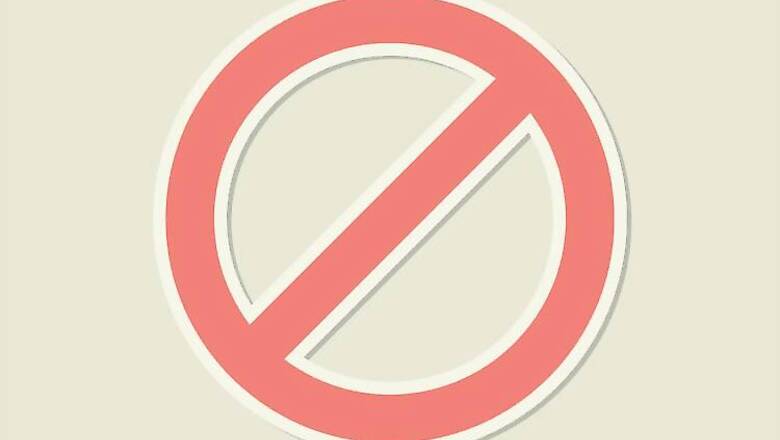
views
The latest reports about the Indian government having discreetly banned as many as 857 adult websites in the country have upset not only users but those who advocate against Internet censorship. Although the process of banning websites isn’t easy, India has a fairly long history of banning content on the web periodically that is deemed inappropriate to be consumed by the audience at large.
From the war-era ban on a news website to the latest porn ban, here’s a brief timeline of Internet censorship in India:
1999: Post the Kargil War, the website of Pakistani daily newspaper Dawn was banned from access within India by VSNL which was then a government-owned telecommunications company.
September 2003: The government asked all ISPs to block Yahoo! Groups webpage of a Khasi militant group called the Hynniewtrep National Liberation Council. Eventually all Yahoo! Groups were blocked for about two weeks affecting thousands of users.
July 2006: Some 26-odd websites were blocked by the government. These included some hosted on the Geocities, Blogspot and Typepad domains. Access was restored in about a week's time after widespread online protests.
2007: Following a Gazette notification that gave the government power to block sites, as revealed in an RTI application, more cases of Internet censorship emerged. The law enforcement entered in an agreement with social networking site Orkut to crackdown on defamatory content that included the one critical of political leader Shiv Sena leader Bal Thackeray.
2009: A popular cartoon porn website was banned by the government. It’s anonymous owner came out in protest.
July 2011: After new IT rules were adopted, the government further banned several file-hosting sites, apparently to stop piracy of new movies ahead of their release.
December 2011: The same year the government asked several social media sites including Facebook, Google, and Yahoo! to pre-screen user content before making it live. This action was ridiculed by users and Internet experts.
2011: Crime Branch, Mumbai blocked the website of a cartoonist for displaying anti corruption cartoons targeting politicians.
2012: Several torrent sites, domain hosting sites were blocked on the instructions of the Department of Telecommunications but without any stated reasons or prior warnings. During the same year, the government also ordered ban on more than 300 specific URLs over inflammatory content with fictitious details regarding the Assam violence and promoting North East exodus from cities such as Bangalore and Pune.
2013: Another set of 39 websites were ordered to be blocked. While some of these contained pornographic content, others were non-pornographic file sharing sites, reportedly based out of India operating under a US rule that makes it legal to watch or distribute porn.
January 2015: The Department of Telecommunications (DoT) issued instructions to ISPs in India directing them to block 32 websites including vimeo, archive.org, and github among others. The blocking was reportedly linked to IS recruitment issue.
August 2015: The social media has been flooded with user complaints about the government of India blocking as many as 857 pornographic websites in an apparent bid to lower abuse against women.




















Comments
0 comment